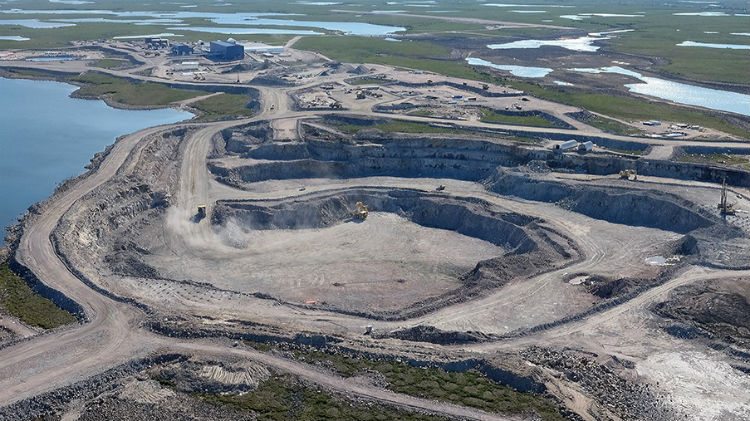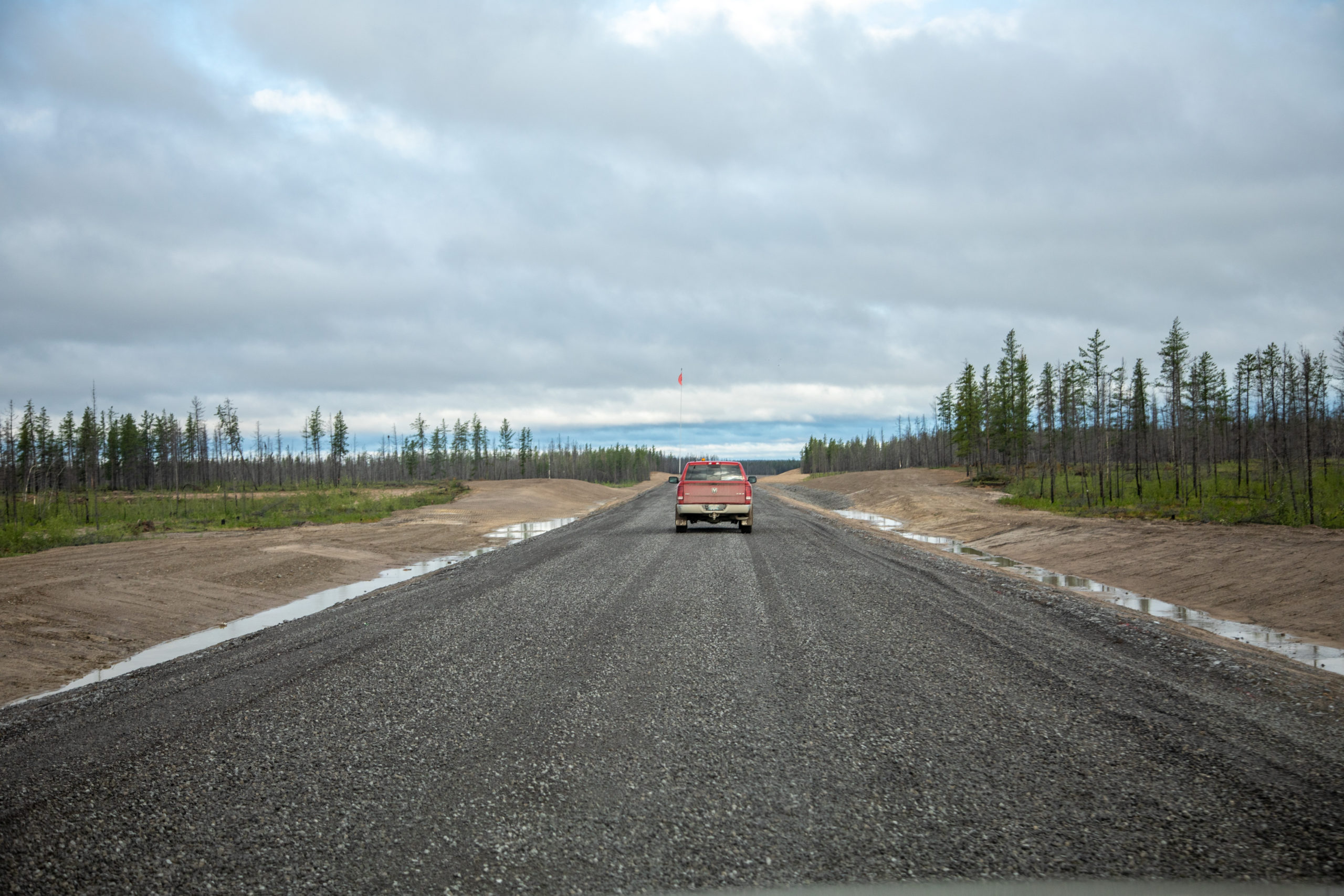The NWT is set to see the second biggest increase in spending in Canada, as the territory tries to kick start its economy post-pandemic with infrastructure projects.
Compared to 2020, overall 2021 capital expenditures for the Northwest Territories are expected to increase by 13.4 per cent to $896 million.
This is the second year in the row spending on capital projects has increased, after five years of increase since 2015. Since capital spending peaked in 2015 with the construction of the Gahcho Kué diamond mine, private investment has trended downward while public investment has also increased.

But private investment is well below 2019 numbers. Between 2019 and 2020, private investment halved to $207 million. Private investment is set to grow to $247 million in 2021.
Finance Minister Caroline Wawzonek said attracting more private investment was a priority for the territorial government moving forward.
Public spending on capital projects, things like roads and buildings, will increase by 11.5 to nearly $650 million dollars, according to the NWT Bureau of Statistics.
The GNWT’s capital budget outlined $451 million in capital project pending, with Wawzonek saying infrastructure projects would be a priority.
The biggest spending item will be on maintaining and expanding the territory’s roads, highways and bridges, with $61.3 million going towards the Tłı̨chǫ all-season road project. The territory approved more than $180 million in spending on roads.
The 13.4 per cent increase in capital investment for the Northwest Territories is the second largest increase, to Yukon which is expected to increase the most, rising by over 20 per cent.
Capital spending in Nunavut is expected to grow by less than 1 per cent.
The NWT is nearly double the national average for an increase in spending, with capital spent set to increase by 7.0 per cent in Canada between 2020 and 2021.





